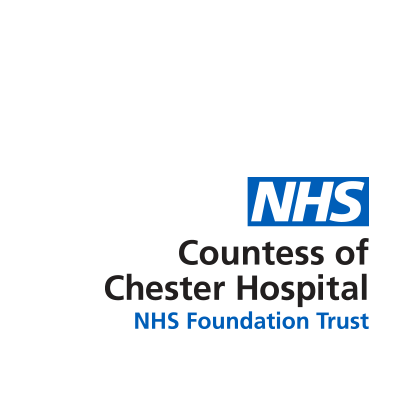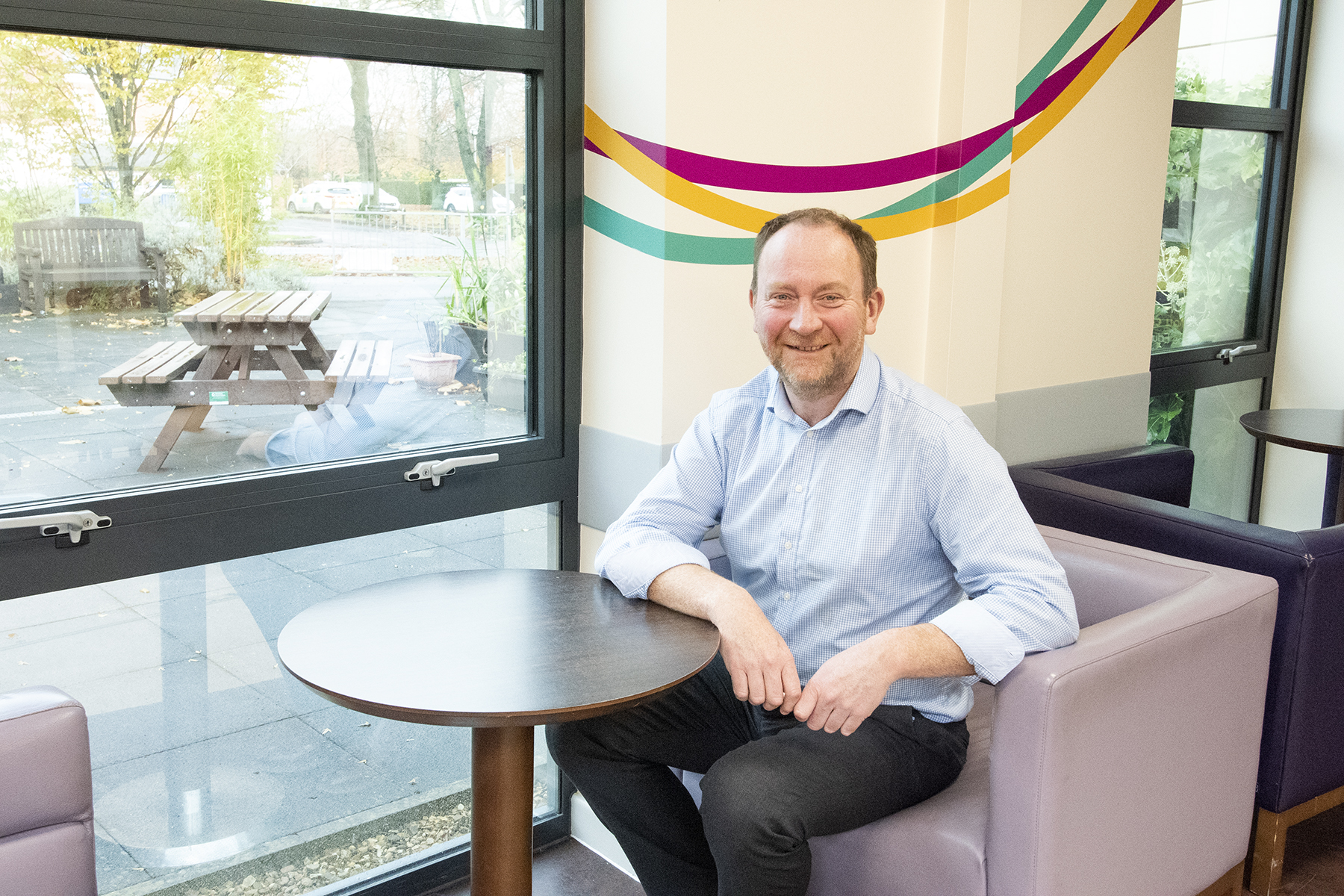
-
Development of a trust wide roster for medical staff
-
Staff engagement – making the case for patient safety
-
Cultural shift – shared understanding across staff groups
Background
Countess of Chester is a medium sized district general hospital, with a range of specialties including a tertiary centre for vascular surgery.
When the implications of the COVID-19 outbreak became clear, the trust realised that although they had a wealth of expertise in their emergency care services, and the acute medical units and respiratory wards, as well as intensive care, it still wouldn’t be enough resource to meet the scale of demand from COVID-19.
Taking radical action
Darren Kilroy, the trust's executive medical director, tells of how the trust came to the conclusion that traditional specialties like orthopaedic teams and plastic surgery would have their work drastically scaled back as the national directives to pause elective activity came through. An opportunity arose from this, Darren explains. "We took a fairly swift decision between myself and the executive team and the medical workforce team to be a bit radical and maximise patient safety based on best available use of resources across the trust".
This involved looking at resourcing and projections of clinical demand from COVID-19: "We took stock of the entire junior and senior medical workforce that the organisation had at its disposal, and tasked the medical staffing team with looking at what it would take to produce a trust-wide roster for medical staff".
Under this arrangement, everyone would have ward-based responsibilities, with a commonality of tasks centred around frontline care, with consultant support from the very senior consultants in different specialties. Darren explains that this roster, was one where "everyone would be focused around one common goal", to help meet the needs of COVID-19 patients.

Getting buy in from staff
Darren explains that a key pillar of making the new roster work was to help people understand the benefits for patient safety. Part of this was keeping the BMA and unions involved, as well as engaging with staff: "[we wanted to] make sure the medical teams, the divisional medical directors and others were in the loop and to work with them so they could understand what the ask was".
Another benefit to the programme was that it would allow junior medical staff to gain extra skills and competencies that they may not be trained in if they had chosen a surgical specialties. Darren is positive about the impact of this: "that fed a need that every hospital has for core basic training on deteriorating patients and physical derangements and responding quickly". Once they got started, they could give staff the training they would need to manage COVID-19 patients.
He expands, saying the trust carried out "quite a few weeks of engagement, sharing with the juniors what the roster would look like, undertaking the comms that would inform how this would work, and making sure it was attractive to those members of staff who were going to work on this roster who weren’t used to dealing with patients of this kind".
A challenge came from Health Education England and the trainee schools, because the trust couldn’t maintain the curriculum requirements. "I kept firm to the fact that we were prioritising patient safety, and engaged with the training schools on this".
Managing logistics
The roster itself was very simple, working on Microsoft Excel. The trust ensured it was compliant with working time regulations, and they sent daily updates to the medical staff with information about who was working that day, where there were gaps. Detailed communication with staff helped it run smoothly.
One of the challenges of operating a large roster is managing all of the moving parts and ensuring the needs of all the wards are met. Darren describes how they identified a registrar who had experience of managing rosters to work on the roster full time, and that "he could troubleshoot and reallocate staff because he knew what the place looked like clinically".
Darren explains that the roster helped them maintain the overall running of the hospital through the height of the outbreak., "we came through all the COVID months and our A&E performance has remained at… 95% plus". He goes on to describe how rostering and working in a much more coordinated manner "undoubtedly helped us maintain operational flow through the most difficult times".
Supporting staff wellbeing
Darren is clear about the positive operational impacts of the roster, including allowing for a higher level of medical resource on each ward, and reducing incidents related to delays. But there was another important consideration for the trust around ensuring staff wellbeing was supported throughout the COVID-19 outbreak, and that staff were able to take time off. The roster allowed the trust to protect some annual leave in the roster, so people could take time out.
"I've always had a very personal interest in welfare and wellbeing, and this was a basic welfare issue of being able to give staff time away from the frontline".
Darren reflects on the impact of the roster on the trust’s staff's experience: "people learned new skills, and as it got going the junior staff enjoyed being part of it because they were dealing with something very real and making a difference. It became a really enjoyable roster to be involved in as everyone was really engaged".
There has also been a cultural shift: "there's been a much more cohesive sense of shared understanding across traditionally quite disparate groups of staff, and there’s a much clearer understanding of how a hospital has to work together to get the job done".
Learning lessons for the future
The trust has stood down the whole hospital roster as they begin to restore other services and return to normal ways of working. But the learning hasn't stopped here. Darren is clear that the trust will take forward some key lessons for the future about how the trust works as a whole: "we've taken some learning from the whole hospital experience in terms of operational deployment, we've learnt something in relation to cultural change, we've learnt something around the empowerment of staff to get on and do something radical and make it work and see how people can enjoy that, and maintain training".
Reflecting on the initiative, chief executive Dr Susan Gilby says, "enabling the provision of safe and effective care through COVID has been our key challenge as a trust. Central to that has been the way in which our clinical leadership team, supported by our managers and administrative staff, crafted and delivered a comprehensive whole-hospital medical staffing model. The learning from our experiences in delivering that will help inform many aspects of how we'll deliver care from now on".